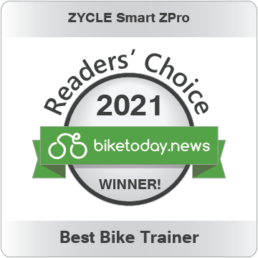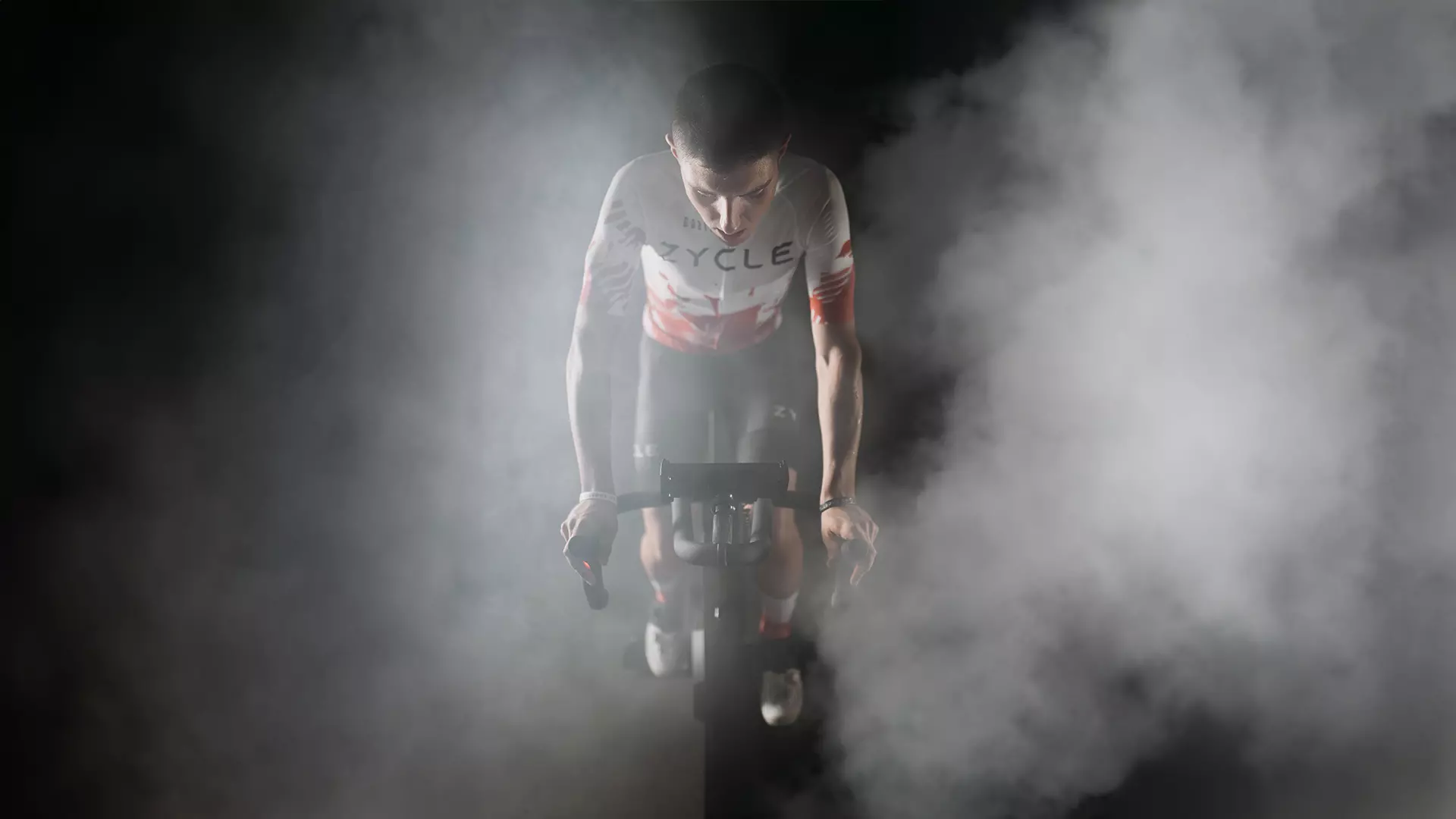Indoor cycling training is one of the most recommended options we have at our disposal to improve our outdoor cycling performance and achieve professional goals. In addition, both the bikes designed to train cycling at home, as well as the specialized rollers -whatever type they are-, give us the possibility to carry out our indoor cycling training plan when the weather does not allow us to go outside, when we do not have enough time or simply when we do not feel like it. In this article we want to help you design your own home cycling training, so that you can get the most out of it. Follow our tips!
How to train cycling at home: choose the right equipment
There are many accessories and devices that you can find to practice cycling at home. However, you should know that not all of them work, nor are they designed to work at the same level. That is, there are many types of exercise bikes, but the most recommended are the indoor cycling or spinning bikes, which have an automatic resistance thanks to which it is possible to automatically adjust and/or configure your workouts, especially when you are using an indoor cycling simulator -as is the case of the ZBike-. You can also make use of special rollers for cycling at home, in which the bicycle is adjusted directly. They can be direct drive -in them, the rear wheel is removed to engage the transmission system of your bike, as is the case of Smart ZDrive-, smart -with adjustable axles where the wheels of the rear bike is placed, as Smart ZPro- or rollers, which are the most basic, but the most useful to warm up before any competition -since they adapt perfectly to any terrain (indoor and outdoor), as Trainer ZRoller-.
Warming up and cooling down beforehand
Warming up beforehand, as well as initial stretching, is essential to avoid injury, but also to improve performance. You can do this by performing a steady pedaling session at the beginning of the session. Ideally, you should spend a total of 10 to 15 minutes warming up. As for the cool-down, it is also important to spend 10 minutes at a steady, gentle speed to finish the session. Keep in mind that one hour of rolling or cycling training at home is usually equivalent to twice as long outdoors.
Indoor cycling training: start with short sessions

As with everything, especially if you are a beginner in the world of cycling, it is best to start slowly and gradually increase the intensity. In general, try to keep your workouts to approximately one hour in length, keeping in mind that the body needs time to rest and recover. However, if you want to train for long distances, then gradually increase the duration of your workouts, but reduce the intensity, this should be less than when you are outside – in addition, it is essential that the room is well ventilated.
Do a cycling training at home by series
Another of our recommendations is to train by series, based on the objectives you have set yourself. By doing specific work you will improve your condition and evolve favorably over time, i.e. you should make every pedal stroke on the bike useful. You can, for example -after warming up-, go on to a 4-set strength training with 30 seconds pedaling with the left foot and then another 30 seconds pedaling with the right foot and finally conclude the series with one minute pedaling with both feet. When we talk about one foot, we mean to feel the pedaling in each leg in a more intense way, leaving more weight on it.
Use an indoor cycling simulator
Cycling simulators are our best allies to perform a workout as similar to an outdoor session with our bike, especially if you have a roller or smart indoor cycling bike that is compatible with the indoor cycling training app and automatically adjusts the bike to work comfortably. Of course, you should choose virtual sessions and circuits with an intensity and duration according to the parameters you want to work on and your physical condition.
Evaluate your physical condition periodically and check for improvement

There are several aspects that you must take into account to evaluate if the training is working. The first of all is to know your physical condition and for this you must take into account the power you generate during a specific time. To know what is the physical condition of a cyclist controls the maximum average power for 5 minutes with applications and data offered by rollers and smart indoor cycling bikes. Make several measurements over time to see if it is taking effect and improving or remaining stable. Also note that by knowing the rider’s power profile you can also set power zones and target power per training interval. However, to measure performance at a specific level you must take into account the following actions.
- Evaluate efficiency: It is defined as the ability to generate work at the lowest metabolic cost. To make a simple estimation you can control the HR variables with the power generated. That is, monitor the average watts you move during a constant 20-minute submaximal effort at the same HR value in successive tests to see if the rider is still more or less efficient.
- Evaluates fatigue resistance: This can be assessed by measuring the ability to perform an effort while rested (at the start of training) and fatigued (at the end of training). It is important that the test is as similar as possible both at the beginning and at the end of the training.
- Evaluates peak power: Peak power can be measured by recording the maximum power the cyclist can achieve in a start or sprint.

 El carrito está vacío
El carrito está vacío 



